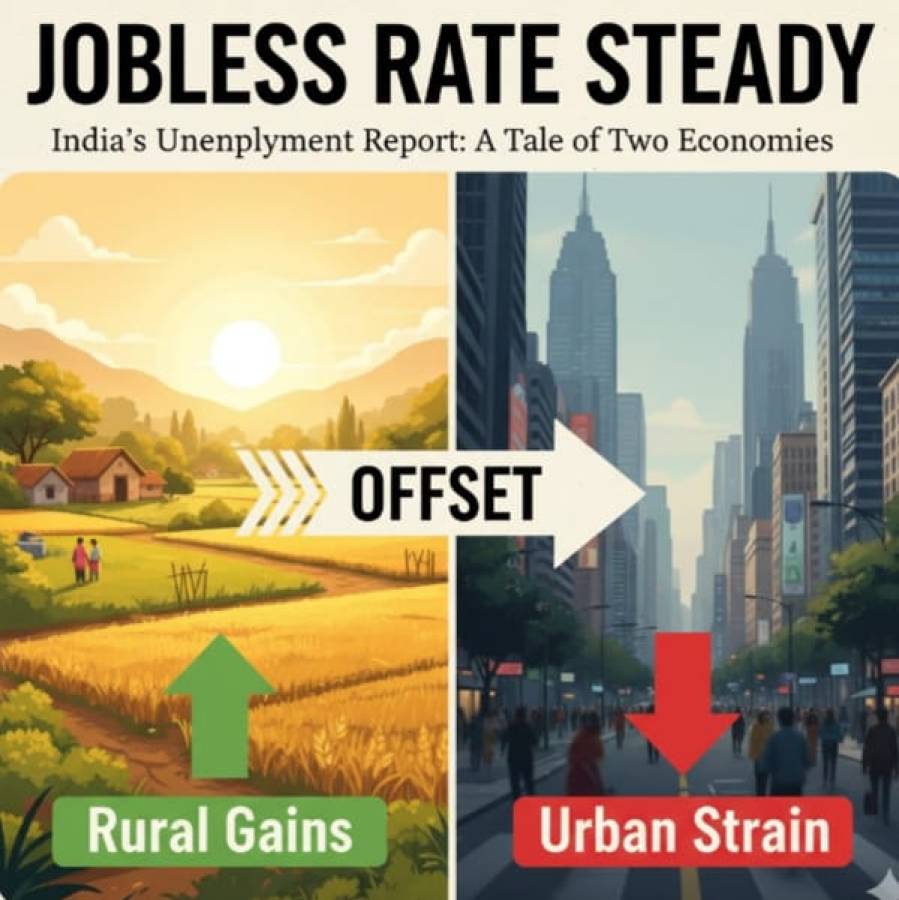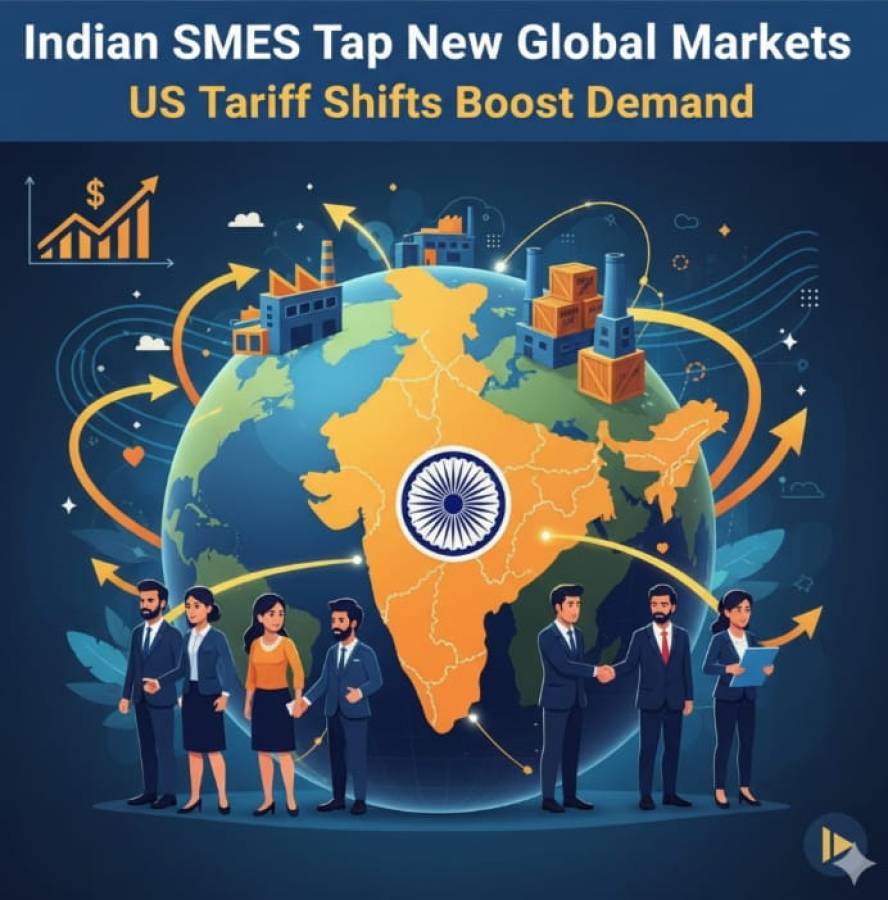
The Manufacturing Race Between Asia’s Giants
For decades, China’s dominance in global manufacturing has been undisputed. From the microchips in smartphones to the textiles on store shelves, Made in China has been synonymous with affordability and mass production. In contrast, India, with its Make in India initiative launched in 2014, seeks to challenge this hegemony by transforming itself into a global manufacturing powerhouse. The ambitions are bold, the rhetoric persuasive, but on the ground, the reality tells a different story. While China’s industrial ecosystem is a well-oiled machine perfected over four decades, India’s push remains an aspiration in progress.
The comparison is inevitable. Both nations are densely populated, have a growing middle class, and possess deep historical roots in trade and commerce. Yet, China has surged ahead as the world’s largest manufacturer, while India is still struggling to gain a foothold. The Make in India campaign aims to reverse this trend, but can India truly replicate China’s industrial success? A closer examination of policy execution, economic data, and expert analysis offers insights into what India must do to bridge the gap.
A Tale of Two Strategies
China’s manufacturing prowess did not emerge overnight. The economic reforms initiated by Deng Xiaoping in the late 1970s set the stage for an industrial revolution that prioritized export-driven growth. Special Economic Zones (SEZs) were created, infrastructure projects were launched at an unprecedented scale, and foreign investors were given lucrative incentives. China’s government played a crucial role in subsidizing industries, nurturing technology transfer, and enforcing policies with an iron grip. The results were staggering: within a few decades, China became the world’s manufacturing hub.
India’s Make in India initiative, though ambitious, lacks the aggressive execution that defined China’s rise. The Indian government introduced reforms to ease business regulations, improve logistics, and attract foreign investment. However, bureaucratic delays, regulatory bottlenecks, and inconsistent policies have hampered its impact. While Make in India promotes domestic production, its effectiveness is still a work in progress.
The Numbers Speak: Comparing Economic Strengths
The data paints a stark picture. China’s manufacturing GDP stood at $4.86 trillion in 2023, contributing nearly 28% to global industrial output, while India’s was a modest $447 billion. Foreign direct investment inflows also reflect this imbalance. China received approximately $163 billion in 2023, while India attracted only $70 billion. The scale of industrial production is equally lopsided, with China producing everything from high-end electronics to steel and pharmaceuticals, whereas India’s exports remain heavily reliant on textiles, chemicals, and automobiles.
However, India does hold one advantage—lower labor costs. An average manufacturing worker in China earns nearly $6 per hour, whereas in India, the cost is around $1.5. Yet, this advantage is neutralized by China’s superior productivity, automation, and supply chain efficiency. Despite rising wages, China has offset labor costs through large-scale mechanization, something India still lacks in several key industries.
Foreign Investment and Global Trade Positioning
Foreign investment is crucial for manufacturing growth, and China has mastered the art of attracting and retaining investors. Its stable policies, robust infrastructure, and efficient bureaucracy have made it the preferred destination for multinational companies. Apple, Tesla, and other global giants have set up extensive manufacturing units in China, benefiting from streamlined operations and a vast supply chain network.
India, though increasingly attracting FDI, faces an uphill battle. Companies often complain about regulatory uncertainties, slow land acquisition processes, and high logistics costs. The withdrawal from the Regional Comprehensive Economic Partnership (RCEP) further limited India’s access to global markets, while China aggressively expanded its trade outreach through initiatives like the Belt and Road Initiative.
Technology and Innovation: The Real Differentiator
The future of manufacturing is shifting towards high-tech industries, and here China has a decisive edge. Under its Made in China 2025 policy, the government is investing heavily in artificial intelligence, robotics, semiconductors, and electric vehicles. Chinese firms like Huawei, BYD, and CATL have become global leaders in their respective fields. The country allocates nearly 2.5% of its GDP to research and development, fostering homegrown innovation.
India, in contrast, spends only 0.7% of GDP on R&D. While initiatives like the Production-Linked Incentive (PLI) scheme aim to boost electronics and pharmaceutical manufacturing, India lacks a strong ecosystem for advanced technology development. The country still relies heavily on imports for critical components like semiconductors and high-tech machinery. Unless India scales up investments in innovation, it risks remaining a low-cost manufacturer rather than a technology leader.
Challenges Hindering India’s Manufacturing Growth
Despite the optimism surrounding Make in India, several roadblocks persist. Infrastructure remains a major hurdle. While China boasts high-speed rail networks spanning 40,000 km, deep-sea ports, and vast industrial corridors, India’s logistics sector is still catching up. The construction of dedicated freight corridors and the modernization of ports are steps in the right direction, but execution delays often derail progress.
Regulatory red tape is another significant challenge. India’s ease of doing business has improved, but bureaucratic inefficiencies continue to frustrate investors. Land acquisition remains a contentious issue, with long-drawn legal battles slowing industrial projects. Furthermore, India’s labor laws, though recently reformed, still pose restrictions compared to China’s more flexible labor policies.
Skilled labor is another pressing concern. While India has a massive workforce, a large portion lacks the technical skills required for high-tech manufacturing. China’s vocational training programs and government-funded technical education initiatives have created a highly skilled workforce, an area where India still lags.
Trade policies also play a decisive role. India’s cautious approach to trade agreements limits its global reach, whereas China’s aggressive trade expansion strategy ensures it remains integrated into global supply chains. This divergence has long-term implications, as companies prefer manufacturing hubs with strong trade connectivity.
Can India Catch Up?
India has immense potential to emerge as a manufacturing alternative to China, but unlocking this potential requires deep structural reforms. Infrastructure projects must be accelerated with stricter timelines, and the government must provide stronger incentives for industries focusing on automation and advanced manufacturing. Trade alliances should be reconsidered to increase market access, while bureaucratic inefficiencies must be eliminated to make India a more investor-friendly destination.
Investment in high-tech industries is imperative. India must allocate greater funds for R&D and establish semiconductor and electronics manufacturing hubs to reduce dependence on imports. The China-plus-one strategy, where global firms seek alternatives to China, presents a golden opportunity for India. But unless these firms find India’s manufacturing ecosystem competitive, they may turn to other nations like Vietnam, Indonesia, or Mexico.
A Marathon, Not a Sprint
While Make in India has laid the foundation for manufacturing growth, the road ahead is long and arduous. China’s established dominance, technological prowess, and superior infrastructure make it a formidable competitor. India’s demographic dividend, cost advantages, and rising global stature provide hope, but execution will determine its success.
Manufacturing supremacy is not won through slogans; it is achieved through consistent policies, relentless investment, and a commitment to industrial excellence. The tiger has begun its chase, but the dragon still holds the lead. Whether India can close the gap will depend on how swiftly and effectively it transforms intent into action.





















